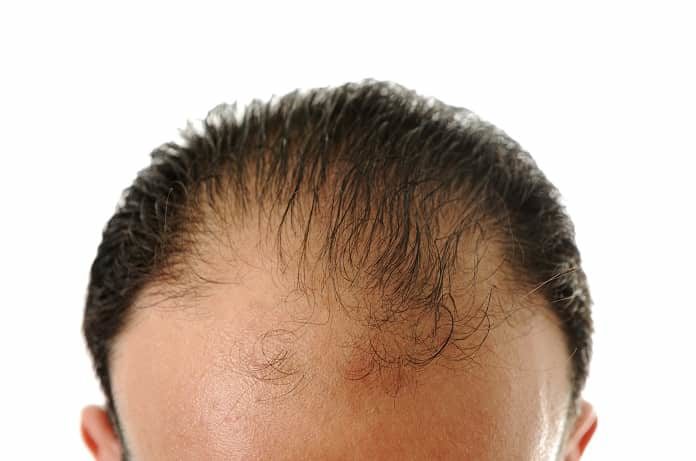This is the first reported instance of restoration of hair color in response to anti-PD1/anti-PD-L1lung cancer treatment therapy.
Programmed cell death protein 1 (PD-1) is a protein present on the surface of a number of cells of the immune system, such asCD4+ and CD8+ T cells, B cells, monocytes, natural killer cells, and dendritic cells.1 As an immune checkpoint protein, PD-1 is important for controlling the immune response and maintaining immune tolerance; it prevents the immune system from attacking the patient’s own tissues. The activity of PD-1 is mediated by PD-1 ligands, proteins that are found on the surface of T cells, B cells, and various types of tumor cells and bind to PD-1 to down regulate or dampen the immune response. PD-L1 is expressed in high levels on the surface of various types of tumor cells, which helps them block an attack by immune cells. New treatments for many forms of cancer aim to block the interaction of PD-1 with PD-1 ligands by using antibodies that target either PD-1 or PD-L1. Examples of PD-1 inhibitors include pembrolizumab and nivolumab, while examples of PD-L1 inhibitors include atezolizumab, avelumab, and durvalumab.2 Of these, nivolumab, pembrolizumab, and atezolizumab are approved for metastatic non-small-cell lung cancer treatment.
Because these drugs block the PD-1 checkpoint regulation that is involved in preventing an autoimmune response, anti-PD1 or anti-PD-L1 therapy could result in several side effects. Recently, clinicians examining a group of 52 lung cancer patients undergoing anti-PD1/anti-PD-L1 therapy at the Hospital Universitari Germans TriasiPujol in Badalona, Spain reported a novel adverse effect wherein the hair of 14 of these patients became repigmented during the course of treatment. They recently reported these observations in JAMA Dermatology.3
Of the 14 patients, there was either a partial response to treatment or stable disease in 13 patients, whereas in one patient, the disease progressed further and drug administration was stopped after four cycles of therapy. In all but one patient, there was a diffuse darkening of the hair, whereas patches of black hair in between white hairs developed in one patient.
The authors note that this is the first report of hair repigmentation occurring during lung cancer treatment using PD-1/PD-L1 inhibitors and may indicate a positive response to treatment. However, the molecular mechanisms underlying hair repigmentation are not clear, and further studies would be required to understand these mechanisms.
Written by Usha B. Nair, Ph.D.
References
- Jin HT, Ahmed R, Okazaki T. Role of PD-1 in regulating T-cell immunity. Curr Top Microbiol Immunol. 2011;350:17-37. doi: 10.1007/82_2010_116. Review. PubMed PMID: 21061197.
- Immune checkpoint inhibitors to treat cancer. American Cancer Society.https://www.cancer.org/treatment/treatments-and-side-effects/treatment-types/immunotherapy/immune-checkpoint-inhibitors.html. Updated May 1, 2017. Accessed August 27, 2017.
- Rivera N, Boada A, Bielsa MI, Fernández-Figueras MT, Carcereny E, Moran MT, Ferrándiz C. Hair Repigmentation During Immunotherapy Treatment With an Anti-Programmed Cell Death 1 and Anti-Programmed Cell Death Ligand 1 Agent for Lung Cancer. JAMA Dermatol. 2017 Jul 12. doi: 10.1001/jamadermatol.2017.2106. [Epub ahead of print] PubMed PMID: 28700789.



